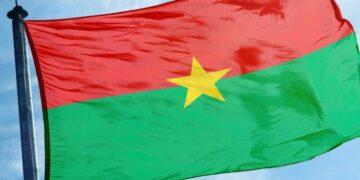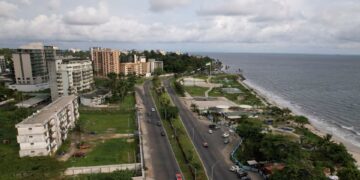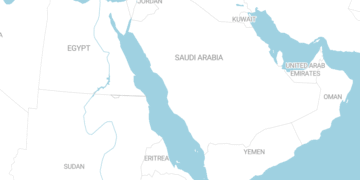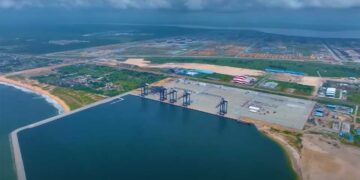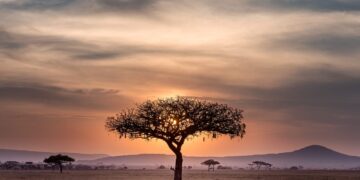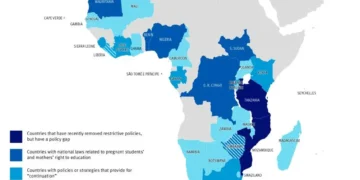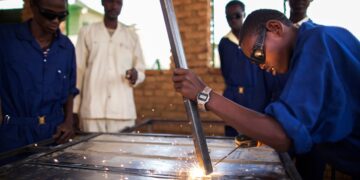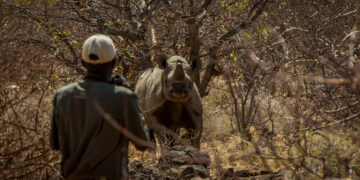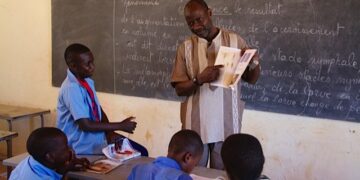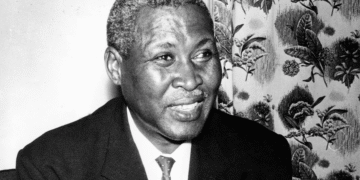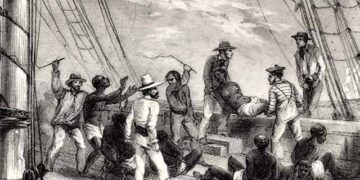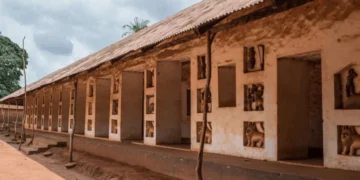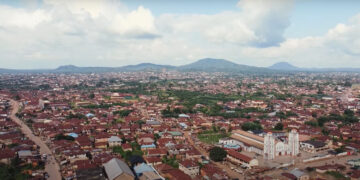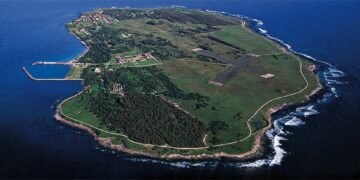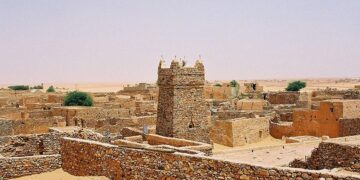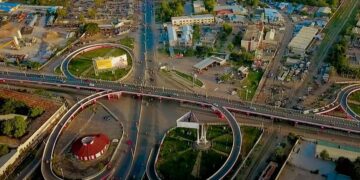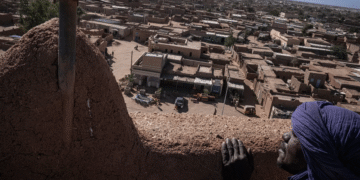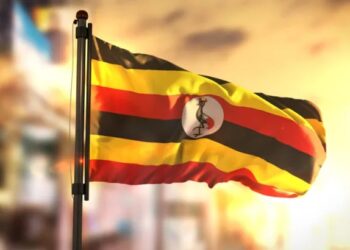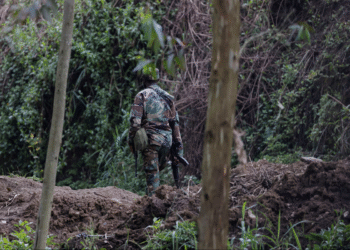The Chaga (or Chagga) people, also known locally as the Wachagga, are one of Tanzania’s prominent ethnic groups, with a large population size, a unique geographic location, and a complex economic and social history. Traditionally living on the fertile slopes of Mount Kilimanjaro and Mount Meru in the northern part of the country, the Chaga have forged a sustainable and prosperous environment in one of the country’s most challenging terrains.
The Chaga’s uniqueness lies in their geographical location. They settled at elevations ranging from 900 meters to 2,500 meters above sea level on the volcanic slopes of Mount Kilimanjaro. This area, despite its steep slopes, is exceptionally fertile thanks to mineral-rich volcanic soil and relatively abundant rainfall, in addition to the misty rains that collect in the central range of the mountain.
In the face of the complex mountainous terrain, the Chaga developed a complex and integrated agricultural system known as Kihamba or Shamba. This system is an agroforestry system based on sustainability and crop diversity, which includes multi-layered cultivation, as crops are grown on multiple vertical layers. At the bottom, crops such as bananas (which provide shade and moisture and are a staple food), potatoes, and beans are grown. At the top, coffee trees (the main cash crop introduced later), avocado and mango trees, and indigenous trees are grown, which provide shade and maintain biodiversity.
The most notable innovation of the Chaga system was the development of a complex network of open irrigation canals that draw their water from rivers and valleys descending from the upper mountain forests. These canals were collectively constructed and maintained, demonstrating a high level of social organization and local engineering capabilities. They were responsible for managing scarce water resources and ensuring access to the farms on the slopes. Also, land ownership within the Kihamba system was a complex hereditary system, with plots divided among family members and reinforced with plant or rock barriers to protect against erosion.
This remarkable adaptation allowed the Chaga to achieve relatively high population densities in an area with limited resources compared to the surrounding plains and to maintain their food self-sufficiency for long periods.
Before colonization, the Chaga comprised approximately 120 city-states, or “mini-empires,” each ruled by a traditional leader known as a mangi or mkuu. Each small kingdom (such as Marangu, Moshi, Keidi, and Machame) operated independently, with its own army, legal systems, and rituals. These kingdoms competed for control of land, resources, and trade routes but sometimes united in the face of external threats.
The role of the mangi (king) combined executive and spiritual authority. He was considered the protector of the community, the guardian of the land, and the overseer of fertility and harvest rituals. He ruled with the assistance of a council of elders and village chiefs. This decentralization, while leading to frequent internal conflicts, established strong traditions of self-governance and local resistance that were particularly evident in dealings with colonial powers.
The arrival of European powers, particularly the Germans and then the British, radically changed the economic landscape of the Chaga. German colonization in the late 19th century was not smooth, initially met with fierce resistance that was brutally suppressed by the German forces. However, the most lasting impact was the introduction of coffee as a major cash crop.
At the beginning of the 20th century, the Chaga began growing Arabica coffee under their “kihamba” system, where the coffee found ideal light and shade under banana trees and other crops. The Chaga created an economic model considered advanced ahead of the time, such as:
- Coffee Cooperatives: To avoid being exploited by European and Asian traders, the Chaga established the Kilimanjaro Native Coffee Growers Association (KNCU) in 1925. This cooperative, the first of its kind in East Africa, was entirely African-owned and processed and marketed coffee directly to global markets.
- Economic Power: This organization gave the Chaga significant negotiating power and allowed them to retain a larger share of their profits, building significant regional wealth. Their region, known as the Northern Province (later the Kilimanjaro Region), became the most prosperous region in Tanganyika (pre-independence Tanzania).
- This wealth led the Chaga to invest in education, as they used their wealth to fund their children’s education, producing generations of intellectuals and professionals who would later occupy senior positions in the civil service and the new Tanzanian government after independence.
Traditionally, the Chaga practiced spiritual practices and beliefs based on ancestor veneration and belief in Ruwa, the supreme creator being believed to reside atop Mount Kilimanjaro. However, intensive missionary activity, both from Catholic and Protestant churches, led to a rapid and significant religious conversion. Today, the majority of the Chaga are Christians. Although, many aspects of traditional beliefs, such as the sanctification of the land and rituals associated with the cycle of harvest, life, and death, remain deeply embedded in their social fabric.
Education and urbanization have contributed to the dismantling of some traditional kinship structures, but the importance of the extended family and clan structures remains, particularly in matters related to land ownership and major social events.
The Chaga’s influence in modern Tanzania extends beyond their population size. They played a leading role in the independence movement. Mount Kilimanjaro and its surrounding areas were a major focus of political activity.
However, their economic and educational dominance led to a period of post-independence sensitivity. In recent years, the region has experienced a resurgence, with coffee cultivation returning, cooperatives revitalized, and the tourism sector linked to Mount Kilimanjaro thriving.


